Red konjac not only provides a visual twist but may also offer a nuanced flavor profile. This culinary innovation reflects the diversity and creativity present in Japan’s rich food culture, where traditional ingredients are often adapted to meet evolving tastes and preferences. Whether enjoyed on its own or as part of a larger dish, red konnyaku adds a touch of vibrancy to the culinary tapestry of Japanese cuisine.
What is Red konjac?
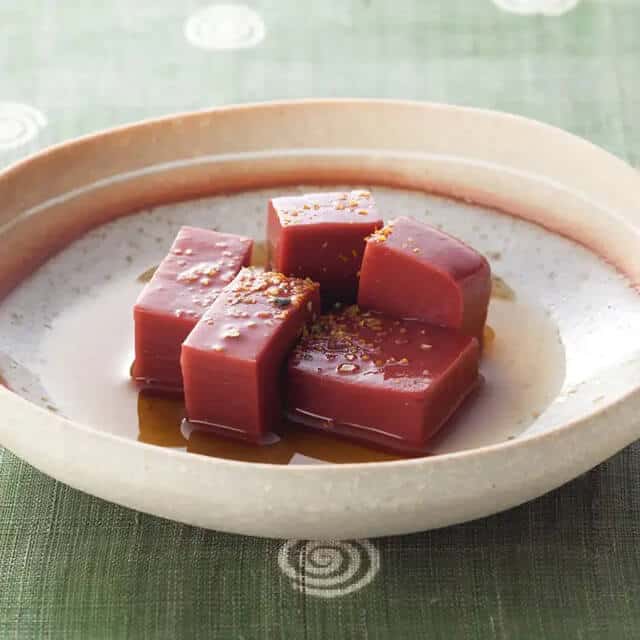
When it comes to konjac in Japan, it is generally the gray version made from konjac potatoes. However, in Omihachiman City, Shiga Prefecture, there is a unique traditional food called “red konjac.” Red konnyaku is a specialty simmered dish using red konnyaku of Omihachiman City, Shiga Prefecture. Compared to regular konnyaku, it has no unique odor or delicate and plump texture. Red konnyaku is red because it uses an iron food additive called iron sesquioxide. It is an additive that is not harmful to the body and contains a rich amount of iron comparable to milk. When it comes to dishes with konnyaku, oden is especially famous, but in Omihachiman, they usually use red konjac. It is familiar for the people of Omihachiman to see them skewered and placed in a pot with other oden ingredients.
Red konjac History
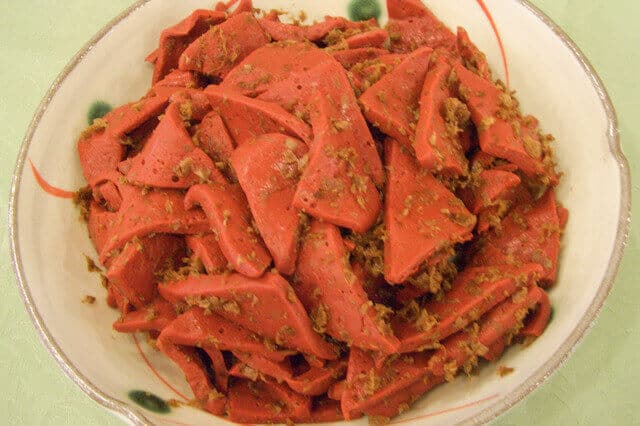
There are various theories about how red konnyaku was born. Still, they all have historical stories originating from famous Sengoku warlords. The Sengoku warlord was Oda Nobunaga, and it is said that he liked everything red due to his flamboyant personality. One theory is that Nobunaga even had the Konjac dyed red. Omihachiman, where Azuchi Castle is located, is famous for holding a traditional fire festival called the Sagicho Festival every March. There is also a theory that Nobunaga, the castle lord, danced while wearing a red undergarment. There is also a theory that Omi merchants thought of making red konnyaku while peddling across the country. Still, there is no historical material or support for any of them.
Recommended ways to eat
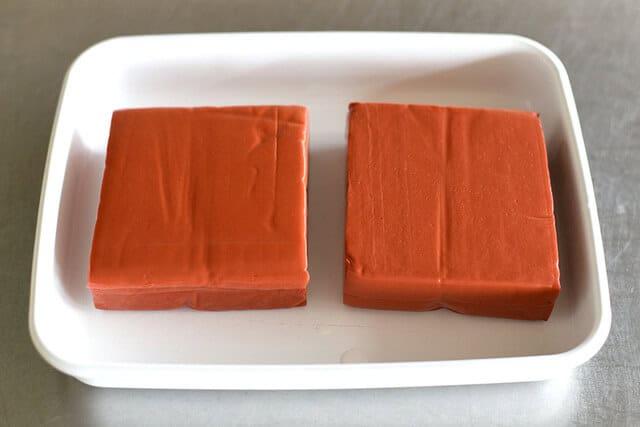
The most common ways to eat konnyaku are as an ingredient in simmered dishes, dengaku dishes, and aemono dishes. You should eat red konnyaku in the same way as regular konnyaku. In addition to square red konjac, we also have string konnyaku, which can be used for hotpots and sukiyaki.
It has less odor than regular konnyaku, so it can be used as sashimi with vinegar miso or wasabi soy sauce. It resembles beef liver sashimi, so some people eat it like meat. In fact, there is a recipe for slicing it thinly and grilling it on a hot plate, then dipping it in sauce and eating it like yakiniku.
What does Red Konjac taste like?
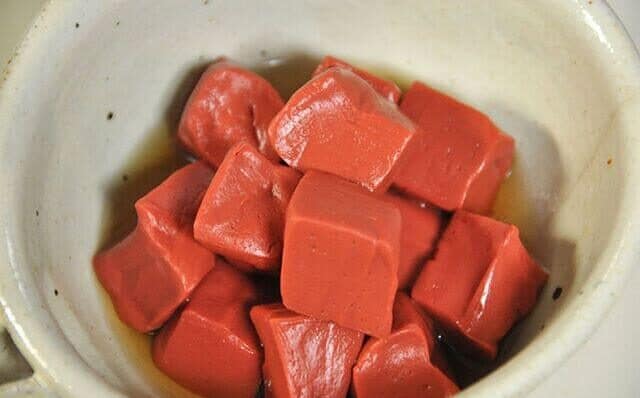
Despite its red appearance, it is not spicy, so even children can eat it. In Omihachiman City, red konjac stew and red konjac salad appear in school lunches and are popular menu items for children. The texture is softer than regular konnyaku, yet has a firm and chewy texture. Because it is voluminous and has a satisfying texture, it is often used as a side dish ingredient.
Health Information
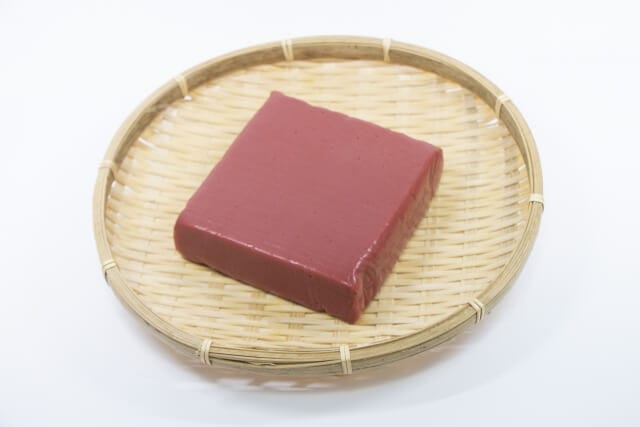
Red konnyaku, like regular konnyaku, offers health benefits as it is low in calories and carbohydrates, making it an excellent choice for weight management and carb control. Its main component, glucomannan, provides high dietary fiber, promoting a sense of fullness and aiding digestion. With minimal fat and protein content, red konnyaku is suitable for those seeking low-fat and low-protein options. The fiber in konnyaku may assist in blood sugar control, though dietary patterns should be considered. Additionally, it is gluten-free and vegan-friendly, catering to diverse dietary preferences, and contains small amounts of minerals such as calcium and iron.
Various Red Konjac Dishes
Boiled with red konnyaku from Omi
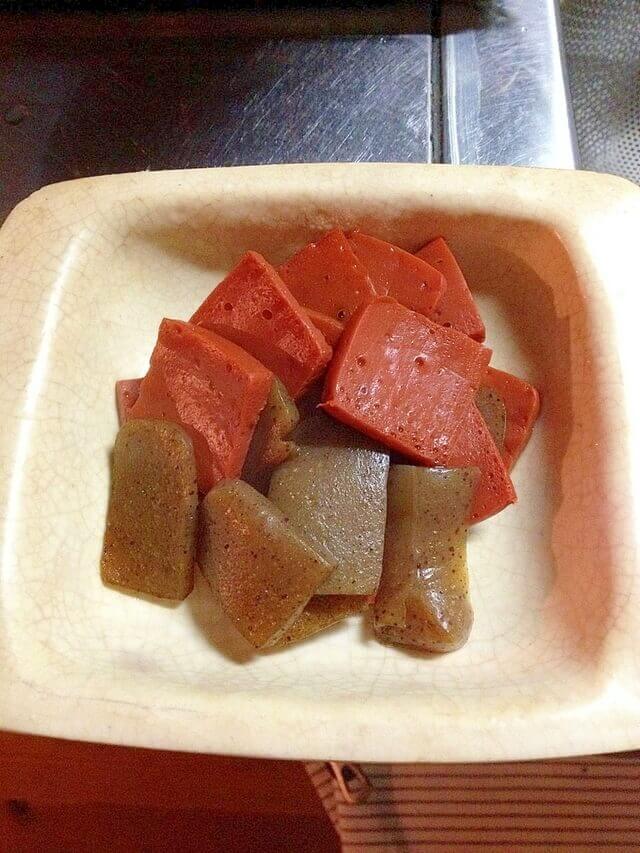
It is an orthodox dish soaked in the nutritious broth of dashi stock, light soy sauce, and mirin, and the red konnyaku goes well with rice.
Sweet and spicy stir-fried red konnyaku beef rolls
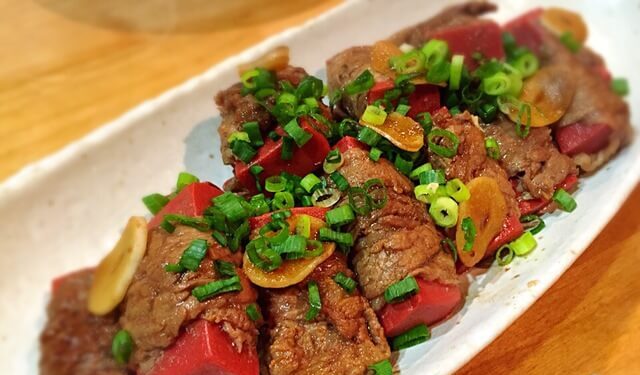
A hearty stir-fry by wrapping red konnyaku with beef. The sweet and spicy soy sauce flavor with a hint of garlic will go well with rice.
Mixed rice with red konnyaku
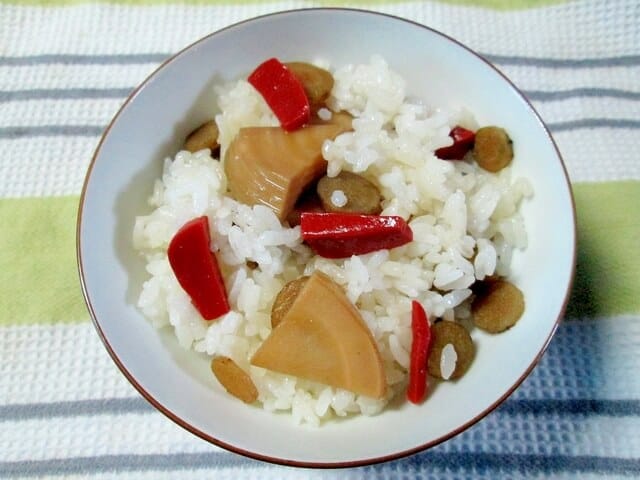
Red konnyaku is the best match for rice dishes. Mix freshly cooked rice with sweet, spicy, simmered red konnyaku, burdock root, and bamboo shoots.
Red konjac FAQ
- What is the season for eating red konjac?
-
Eating lessons are made special with ‘Red Konnyaku Boiled,’ a must-have dish for ceremonies and school lunches. You can enjoy this dish anytime because seasoned processed versions are available throughout the year. Shiga Prefecture, particularly Omihachiman City, is known for its delicious flavored red konjac, making it a popular and tasty souvenir option.
- Can red konnyaku be easily incorporated into a vegetarian or vegan diet?
-
Yes, red konnyaku can be easily incorporated into a vegetarian or vegan diet. Konnyaku itself, including the red variety, is plant-based and derived from the root of the konjac plant. It is gluten-free and does not contain animal products, making it suitable for individuals following vegetarian or vegan dietary preferences.
Red konjac Recipe
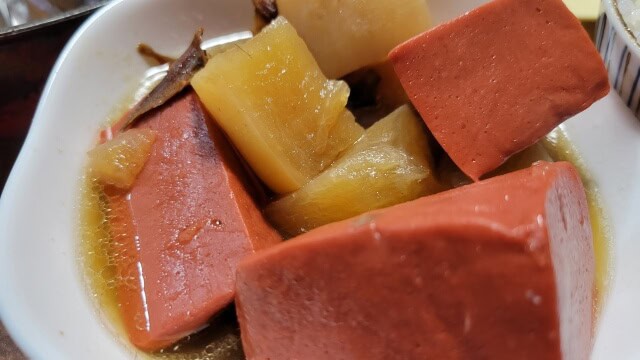
Red konjac Ingredients
| Ingredients of Red konjac for 4 persons | Measurements |
|---|---|
| Red konnyaku | 300g |
| Flower bonito | 8g |
| Soy sauce | 20g |
| Sweet sake | 5g |
| Chili pepper | 2g |
How to make Red konjac?
Boil the red konjac and soak it in water.
Cut the red konnyaku into quarters, then diagonally cut the triangular prisms into 3 mm-thick slices. Then, wash the cut konjac and dry roast it in a pot.
Add the dried bonito flakes, soy sauce, and mirin to the konnyaku and stir over low heat to let the flavors infuse. Finish by adding chili pepper.
Where to buy Red konjac?
Norimatsu Foods Yoshii Shoten (乃利松食品 吉井商店)
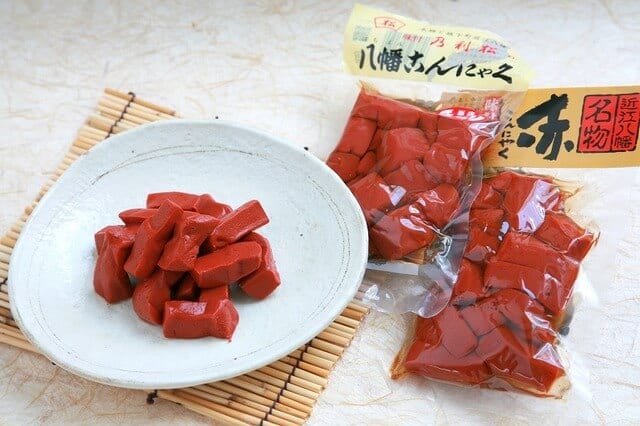
This shop offers reliable items backed by tradition and innovative products that embody new ideas. Shigaraki ware, fermented foods, Biwako stationery, red konjac, and other attractive products from Shiga’s unique climate.
Final Thoughts
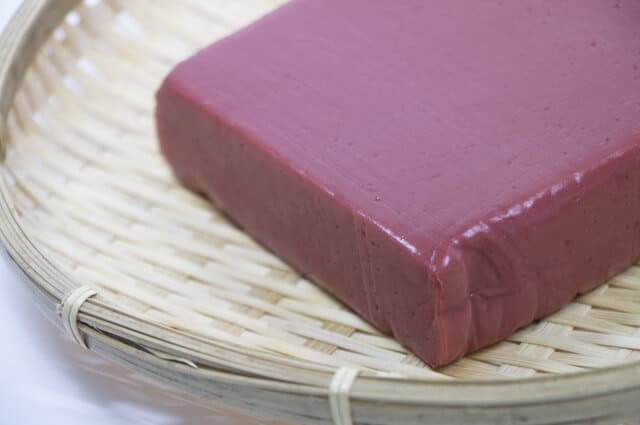
Red konnyaku is a vibrant and nutritious component in Japan’s rich culinary tapestry. Whether appreciated for its unique color, low-calorie attributes, or versatility in vegetarian and vegan diets, this Konjac-derived dish offers a delightful fusion of tradition and innovation. By exploring its preparation methods, regional specialties, and potential health benefits, we hope readers have gained valuable knowledge.
You can check some Japanese dishes such as Hanpen and Oden that we know you would like to try too.
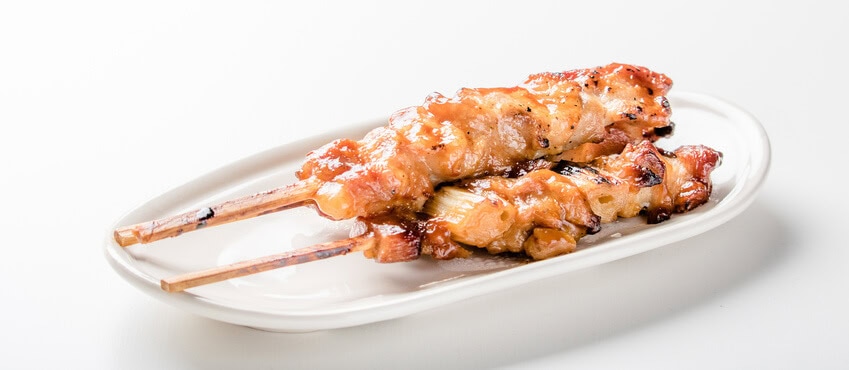
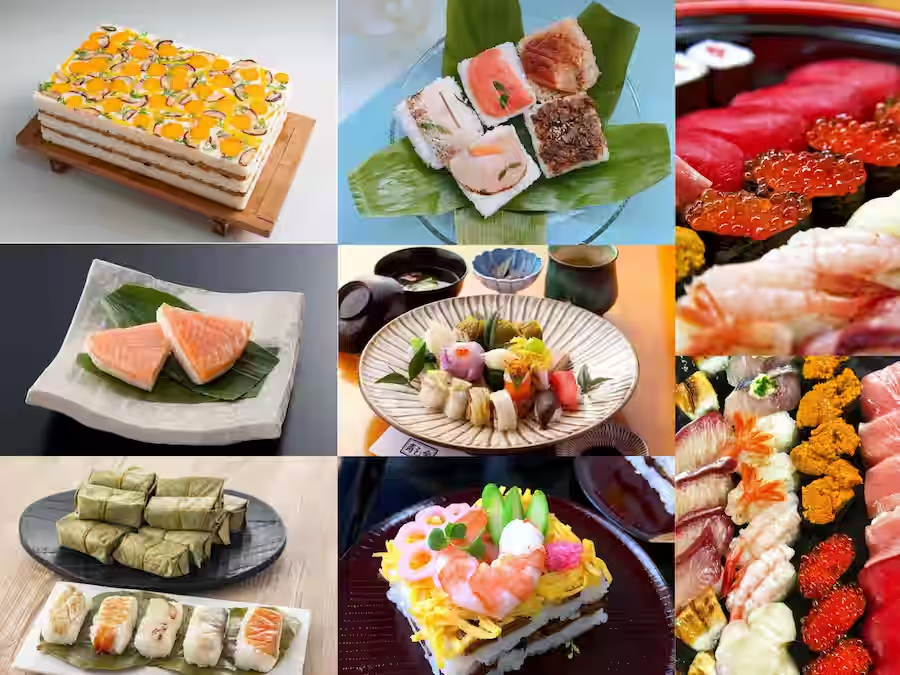
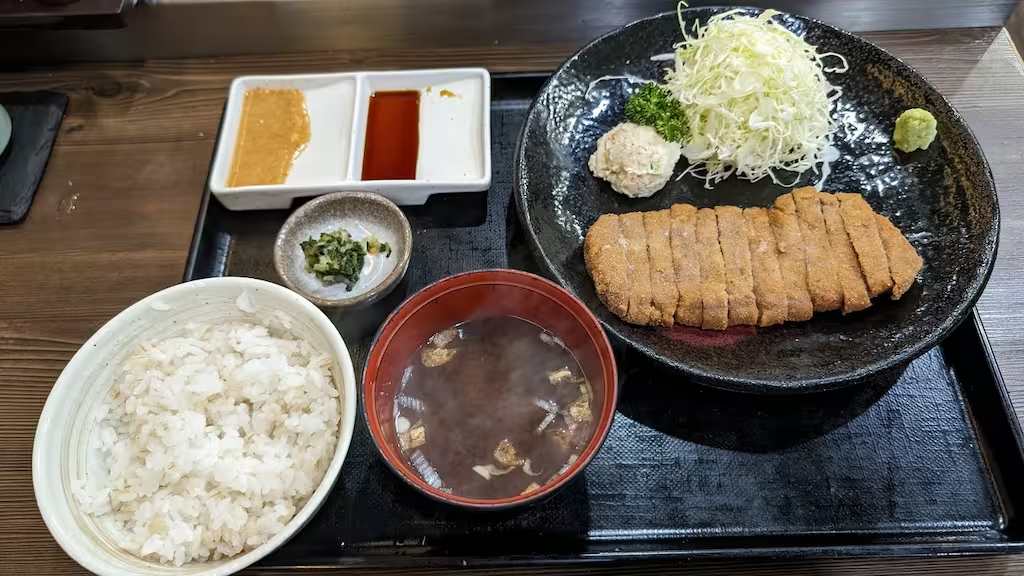
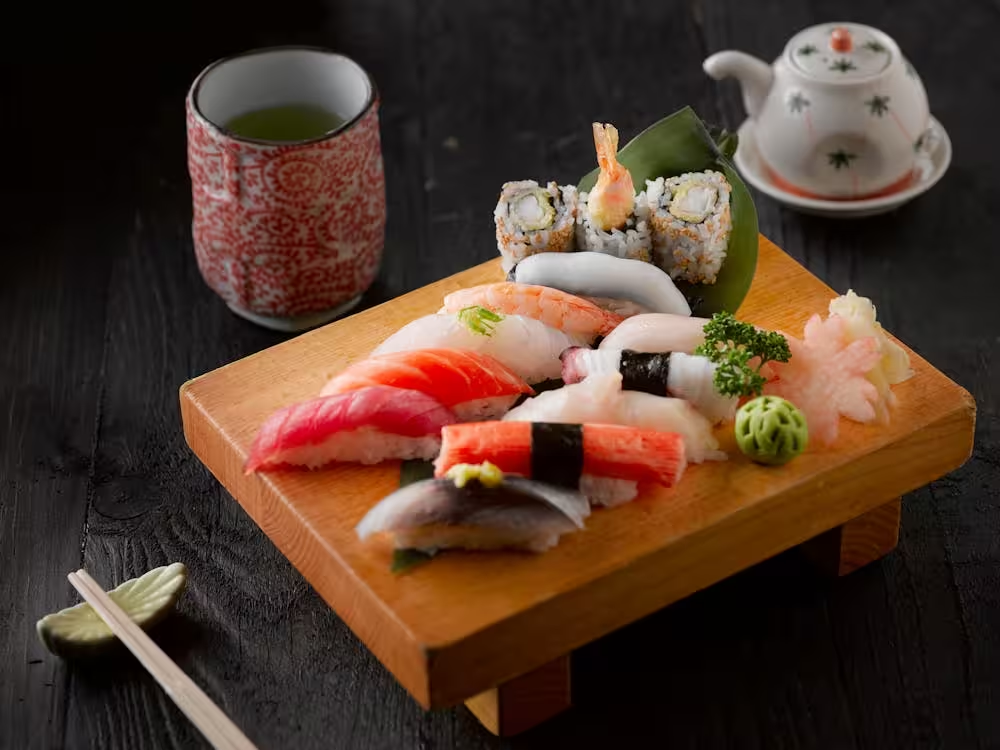
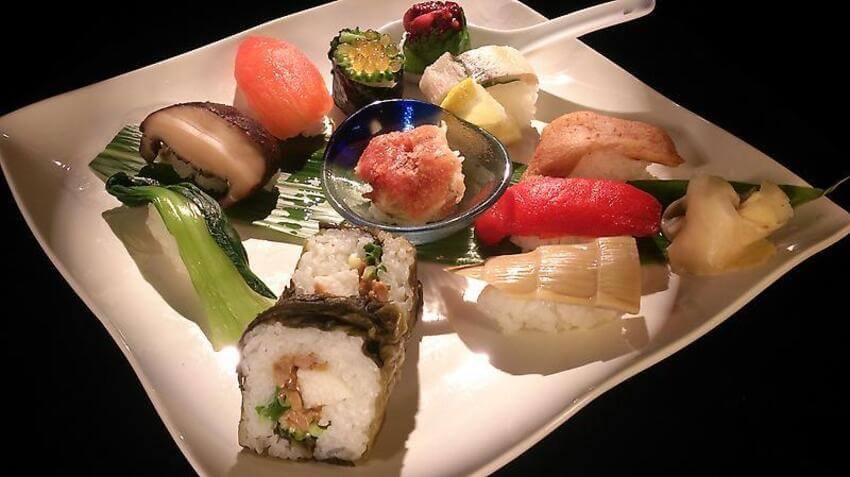


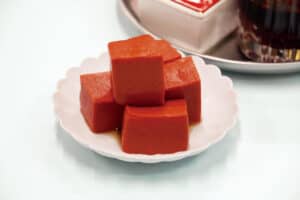
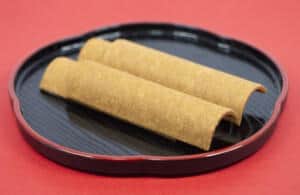
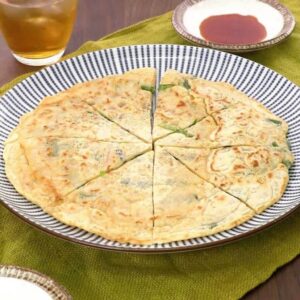
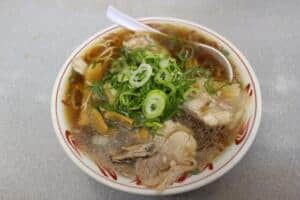
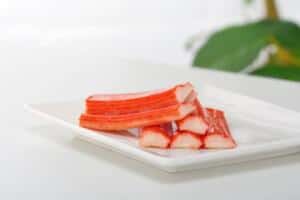
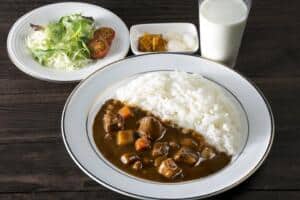
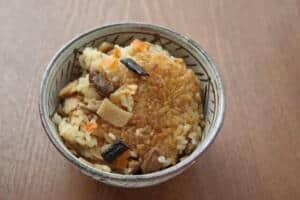
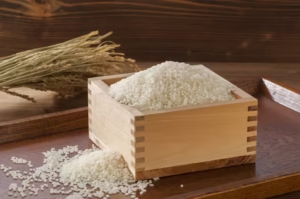
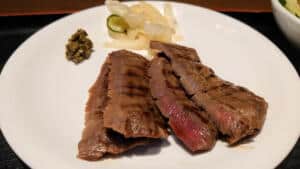
Comments